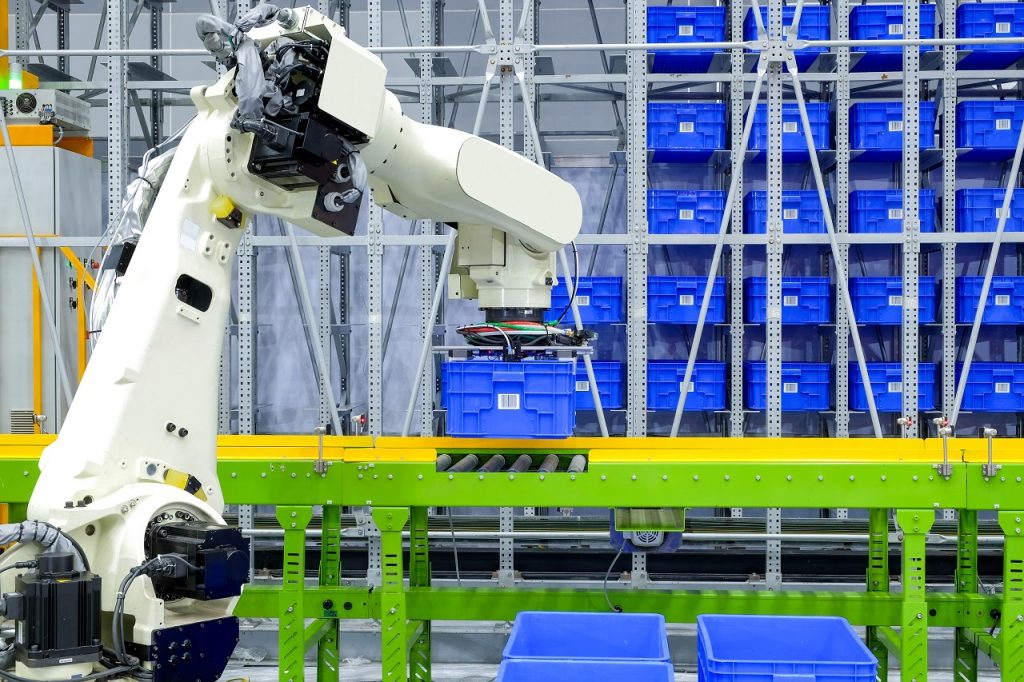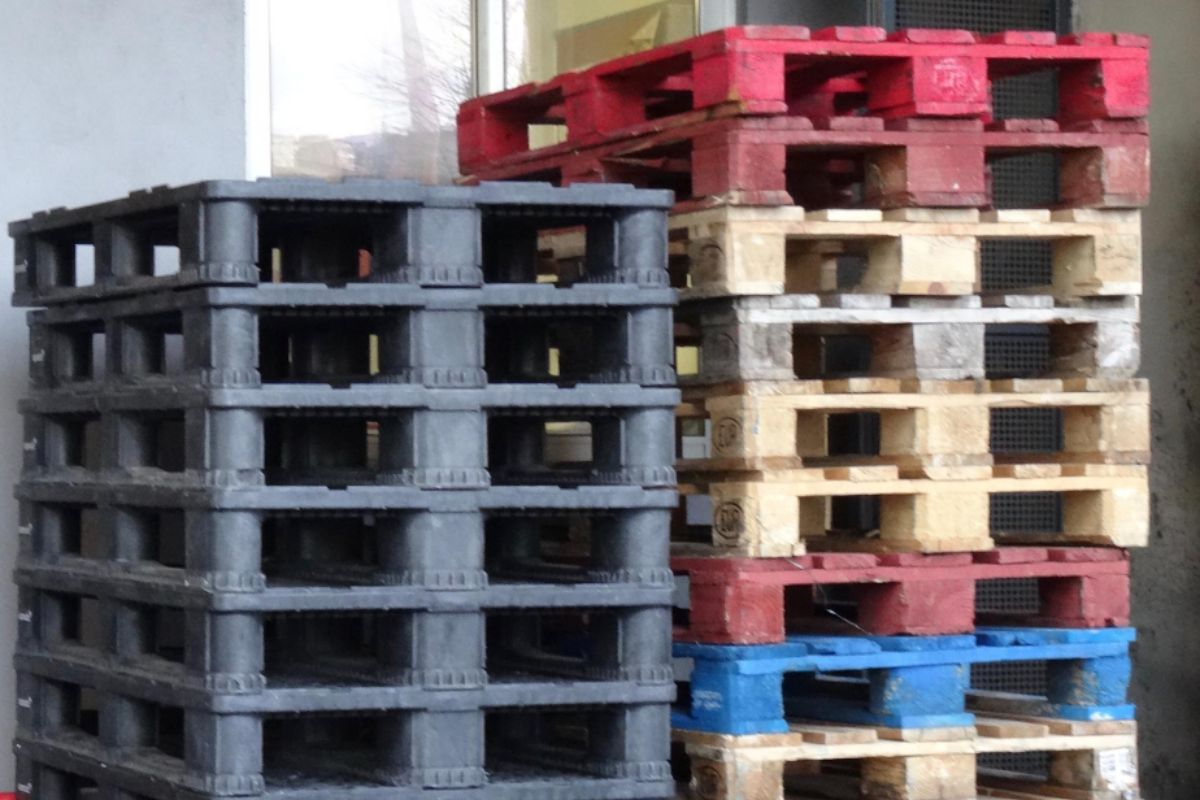How is plastic used in the logistics industry?
- Multi-use Packaging
- Cargo Pallets
- Product Casing
- Liquid Drums and Leakage Trays
- Plastic Boxes and Crates
Over the years, plastic has emerged as one of the most versatile and flexible materials, being used in a wide variety of industries worldwide. From being used to create different kinds of products to plastic logistics, there are few materials that offer the same level of quality and versatility that plastic offers. With the plastic injection molding industry continuing to develop new innovations in manufacturing technology, there is no doubt that plastic will become even more versatile in the near future.
When it comes to the use of plastic in the logistics industry, plastic packaging has become one of the most popular ways to transport and secure products. This is in terms of both delivery and distribution purposes. The flexibility of plastic allows it to be used for many different logistics purposes, from keeping cargo secure to making it easier to distribute.
How is plastic used in the logistics industry?
Plastic use in the logistics industry has increased over the past few years, with more companies looking to use the product instead of materials like wood and metal. Compared to other materials, plastic is more affordable and easier to manufacture, which allows companies to create more packaging in a shorter amount of time. From beings used for boxes, pallets, and casing, here is how plastic is used in the logistics industry.
Multi-use Packaging
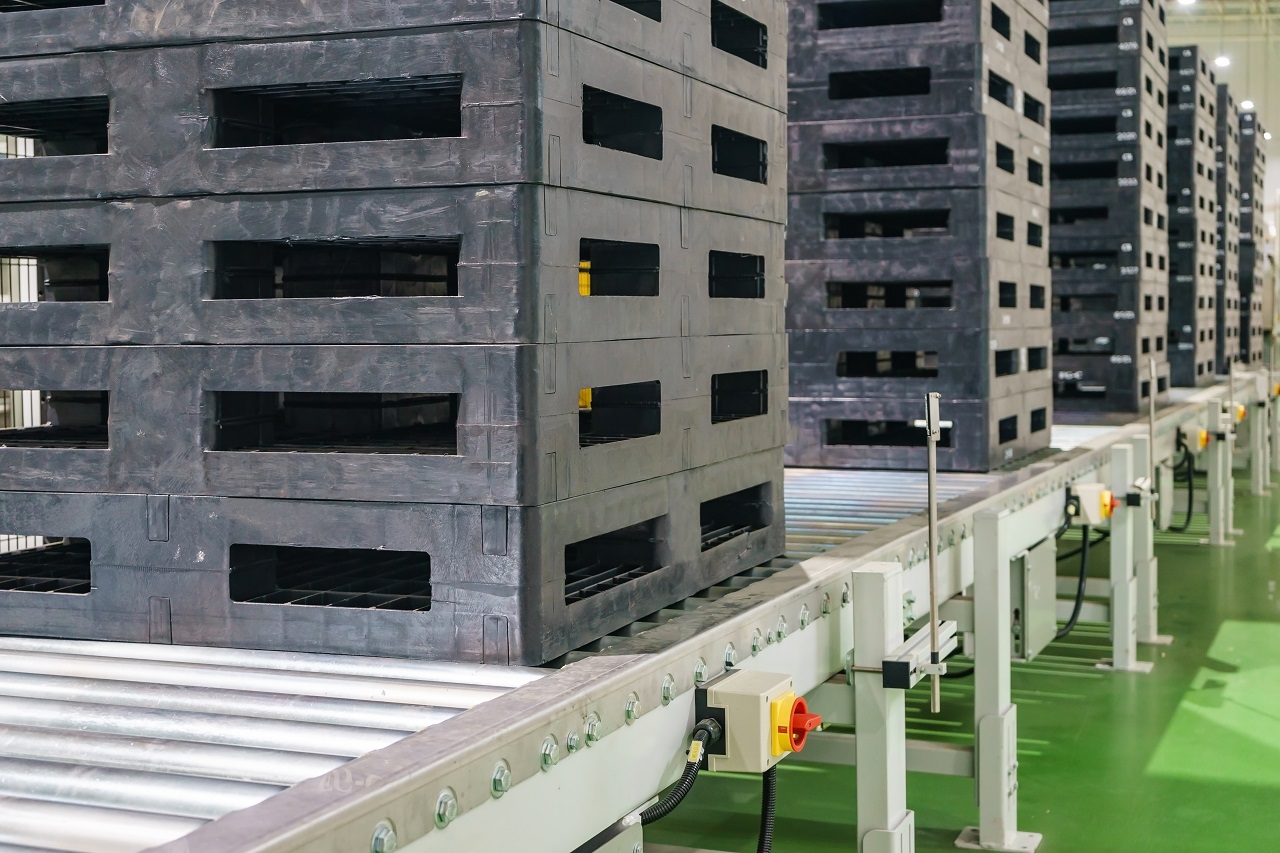
One of the most common types of plastic packaging, multi-use packaging is a type of reusable packaging. This allows it to be used to transport numerous products without needing to be replaced. Compared to other types of plastic packaging, one of the goals of multi-use packaging is to make it easier to recycle. This is done to help reduce the amount of waste while providing materials that can be used to create new products and packaging.
The innovations and developments in the plastic industry have helped make plastic into an environmentally friendly product that can be recycled and reused multiple times.
Cargo Pallets
Perhaps the most common type of plastic packaging in the logistics industry, cargo pallets are a standard way of securing cargo during the transportation process. Initially made out of materials like wood, cargo pallets are now being produced using plastic injection molding. Plastic has been found to be a more durable and resistant material to different external elements. Plastic cargo pallets are lighter as well, which means that it is easier to move and carry them around. The lighter weight also means that most logistics companies are able to deliver more products using these pallets in the same mode of transportation.
Product Casing
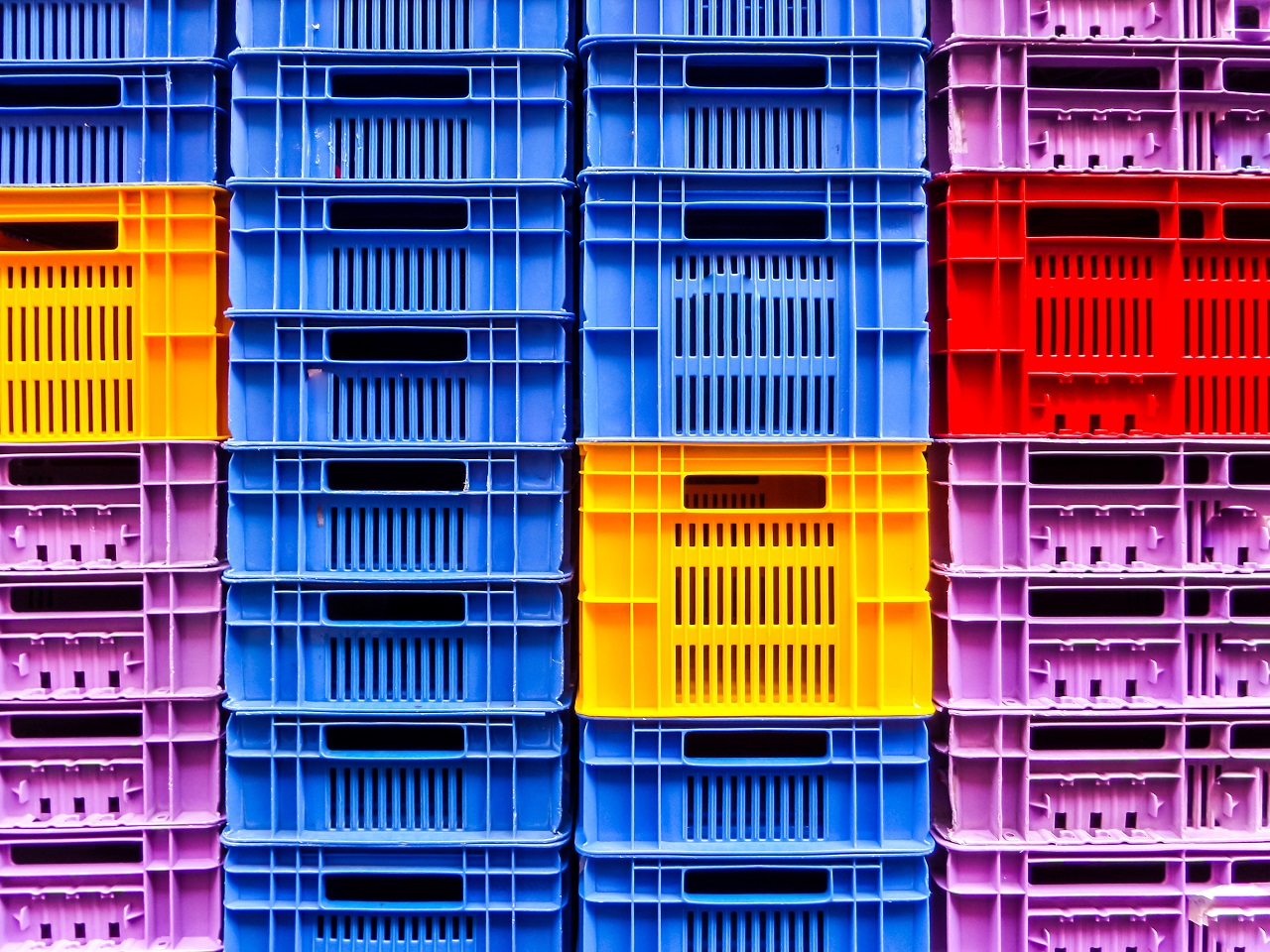
Plastic is a versatile form of packaging material, which means that it can be used to manufacture packaging specially made for specific types of products. Through the use of plastic injection molding, packaging can be shaped according to the product’s size. This provides a safe way to distribute products without the worry of them getting damaged. This packaging is common in places like toy manufacturing, beverage distribution, and retail products.
Liquid Drums and Leakage Trays
Being a highly resistant material to different kinds of strong substances and liquids, plastic is also effective as a liquid container. Liquid drums are some of the most abundant forms of plastic containers and packaging. They keep different kinds of liquids secure while being kept in storage or during transportation.
Along with liquid drums, leakage trays are another important form of plastic packaging. While liquid drums keep liquids from leaking out, there are times when the transportation process can cause these drums to move, causing minor leaks in the process. To prevent these liquids from spreading out and causing issues, leakage trays are placed under liquid drums to catch anything coming out of it. Transporting liquids is a delicate business, which is why the presence of packaging such as liquid drums helps keep them safe and secure.
Plastic Boxes and Crates
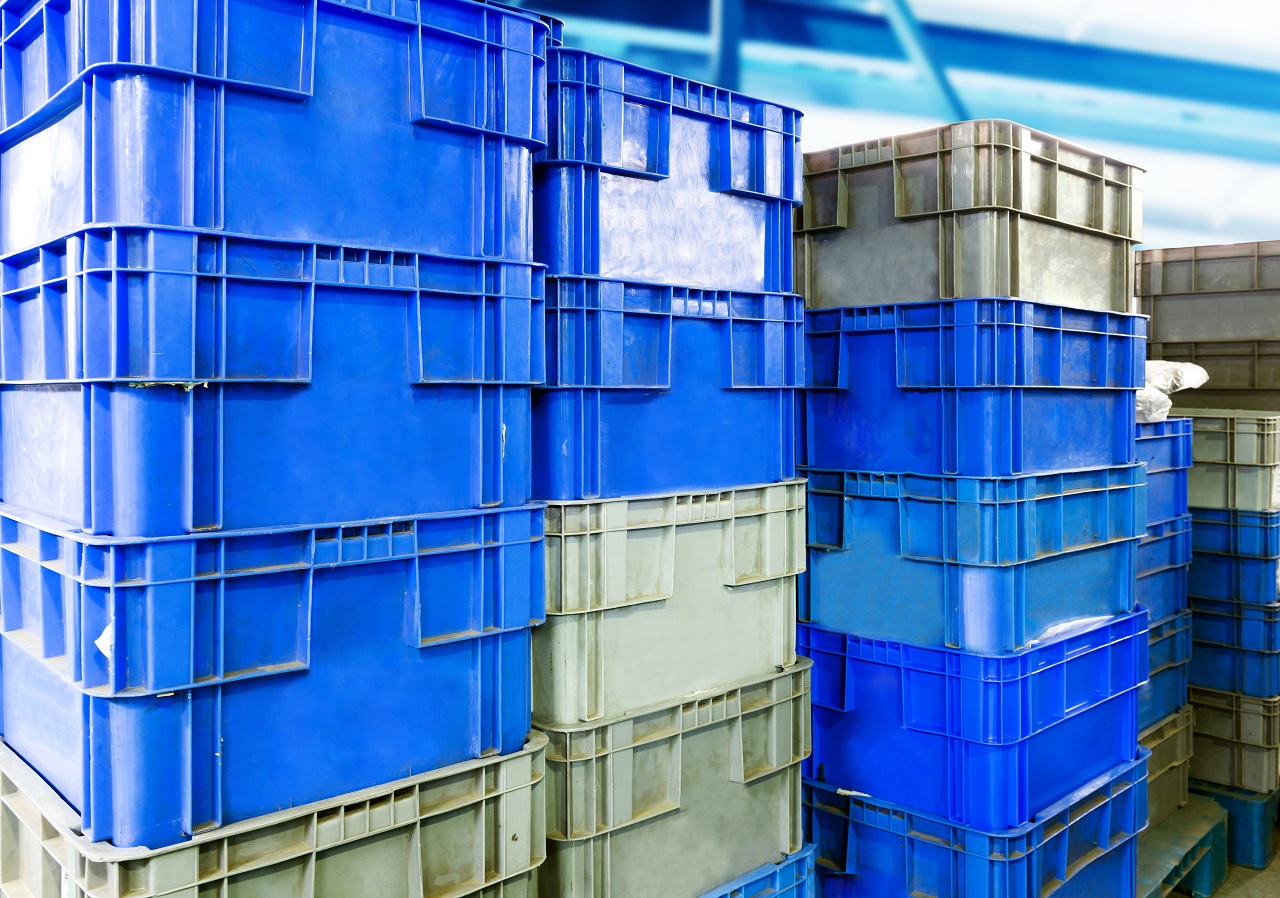
Traditionally, boxes and crates used for transportation are commonly made out of cardboard and wood. Both of which are readily available in most logistics set-ups. However, these materials tend to wear down and get damaged easily, which prompted the need for them to be replaced by plastic boxes and crates.
Plastic boxes are more versatile than regular cardboard boxes, as their shape allows them to be stacked easily, which provides more security during the transportation process. They are also light and durable, making them easy to carry and move around without causing any strain. Plastic crates are almost similar in purpose and structure but used for larger products. Crates are more commonly found in shipping and air freight services, where they are used to provide secure storage when being delivered.
Key Takeaway
Plastic is one of the most effective and efficient materials used in the logistics industry. It is used to create different types of packaging that can accommodate different products. By identifying the different types of packaging, you will be able to find the best way to have your items and products transported safely.
